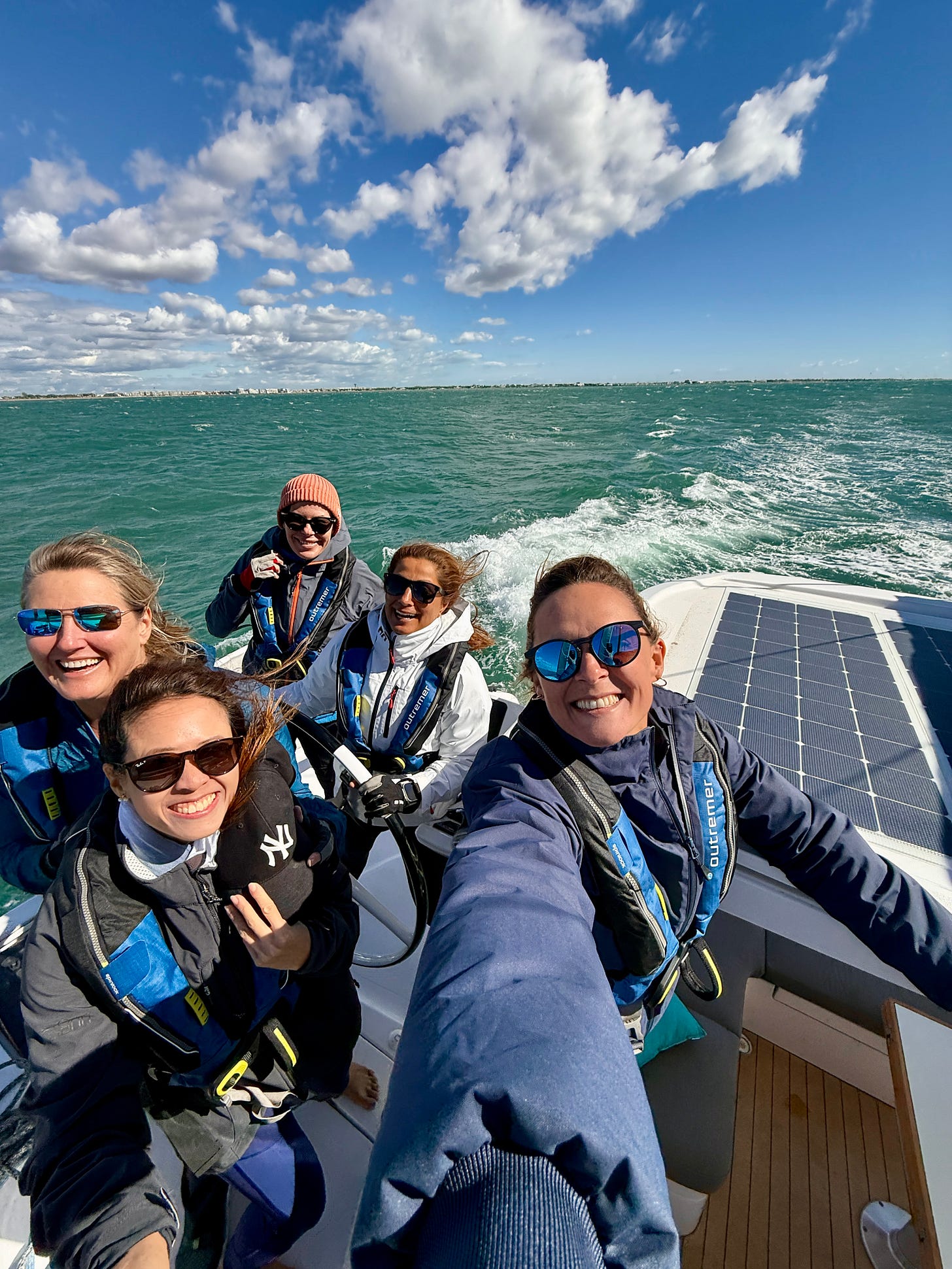HOW TO ... trim sails for beginners.
Understanding the fundamentals without the physics degree
On Friday, I ran a classroom session for future Outremer owners. The team at Grand Large Yachting given it a title: Nautical Fundamentals. Luckily for me, that left me enough scope to teach whatever I liked.
But what are nautical fundamentals?
It took me four consecutive days on the water to figure it out. By Thursday evening, I had a plan. OK - admittedly I always need a bit of pressure to get a job done! But, really, it took me the week to test the real question: what skills and knowledge are truly essential for anyone buying a boat or setting sail?
It’s a surprisingly tough question. Because you can make the list go on forever: knots for fenders, cleats, sails; docking skills; manoeuvring under engine; putting sails up; using the wind to move; not crashing (into land or other vessels); changing and trimming sails, dropping them … and on it goes! So when is enough, enough? At what point can a sailor say: yes, I’ve got the fundamentals, I’m ready to go?
I put out the question to the SALTED community too - thank you so much for your answers - and one of you answered: understanding how a sail works.
Ah yes… sail trim.
Now, of course knowing how to make a boat move with sails and wind is a fundamental skill for any sailor—aka trimming a sail to a course. But it got me thinking: do you actually have to understand why it works? Or is it just about knowing what to do?
Well… look at any child in a dinghy and the truth is obvious: no. To be a sailor, you need to know what to do to the sail to make the boat go faster or slower. But you don’t need a degree in physics. You don’t need to fully understand all the forces at play to go fast or stay safe.
Despite the fact that I’ve been working in sailing for my entire adult life—almost 15 years—I only really began to properly understand how sails work about 9 or 10 years ago. Before that, I used to dread the moment someone would ask:
“Hey Nikki, so how exactly does a boat move upwind?”
My go-to reply was: “Oh, it’s basically the same way an aeroplane wing works.” They’d nod appreciatively, grateful for such a neat explanation, and I’d turn away breathing a sigh of relief. Little did they know I hadn’t the foggiest idea how an aeroplane wing worked. I just knew what to do with the sail to make the boat go faster. The science behind it? No way.
These days, I’m happy to say I’ve built a solid understanding of airflow, lift, and why sails push and pull the boat around. But honestly? I still think the science is a bit overrated.
So—here are the top tips I shared with the students in class for anyone trying to learn how to make sails look (and work) better:



